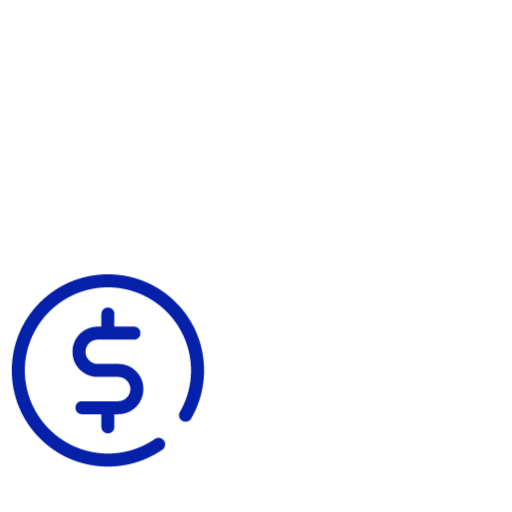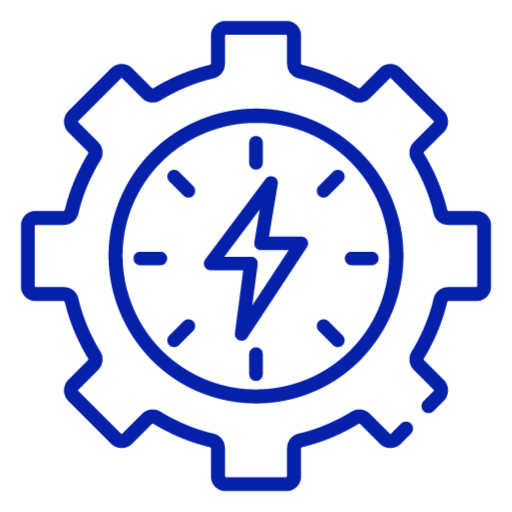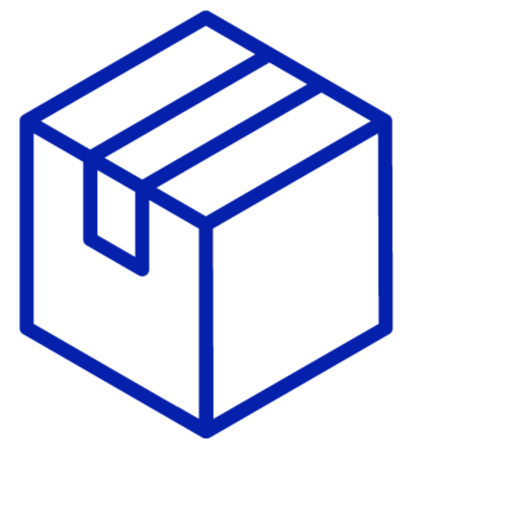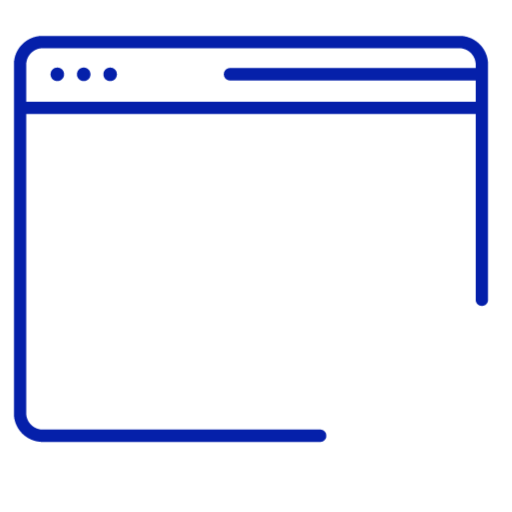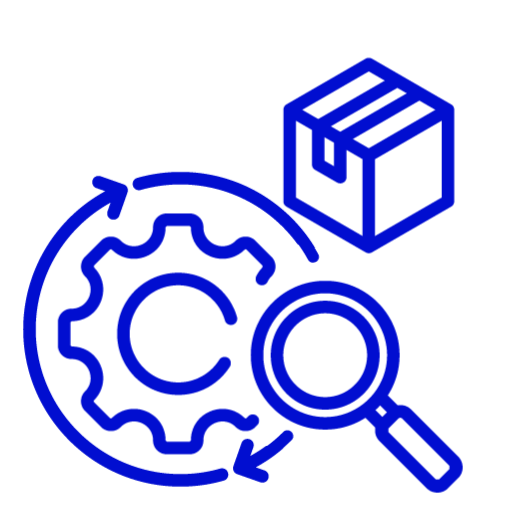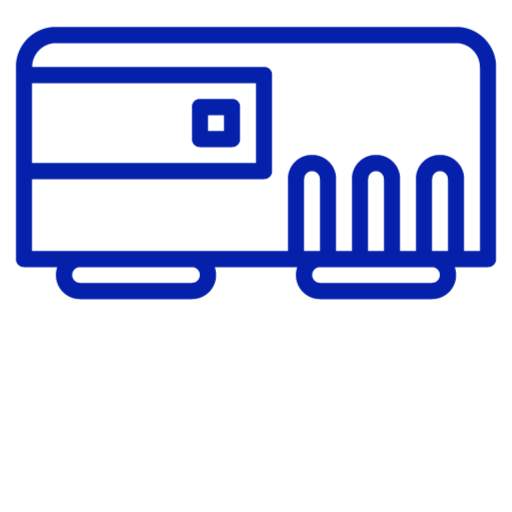The growing favour of e-learning through LMS Software earned friction across various businesses, particularly pharmaceutical firms. It’s one of the vital sectors in the European and other economies. After the pandemic, healthcare and vaccination became the top priority of every country. However, it was the same for other medicines as well in the market.
On the other hand, the pharmaceutical LMS plays a critical role in training more personnel and offering them certificates. Due to this rapid growth in the pharmaceutical industry, more workforce is demanded. According to the Markets and Markets reports, during the projected period.
“The LMS market is predicted to shoot from USD 9.2 billion in 2018 to USD 22.4 billion in 2023, with a Compound Annual Growth Rate (CAGR) of 19.6%.”
Even though many firms appreciated LMS for pharma but still lacked in some areas.
The ground reality
Although the learning management software for pharma has significantly enhanced training processes. But few emerging challenges have surfaced regarding users completing training without fully reading the content of standard operating procedures (SOPs).
In other words, the conventional completion of SOP training demands users to invest a specific minimum duration, typically 30 to 40 minutes, to ensure thorough understanding and compliance. However, users have ignored this requirement, completing the training within 2 to 3 minutes. As a result, this behaviour poses significant compliance risks indicating insufficient time spent on critical SOP content.
This article presents a solution to address this compliance issue by implementing time and content validation features in the digital learning management system.
1. Time Validation: Administrators must specify a minimum duration for each material when devising training materials. This duration defines the recommended time for users to get a brief understanding of the content thoroughly. When a user is allocated the training, the system ensures that the specified timing is met before allowing completion. Users must engage with the material for a specific duration, averting sudden completion and encouraging a more comprehensive understanding of the SOP.
2. Content Validation: In addition to time validation, the pharma LMS software incorporates content validation to ensure users have completed the training material. The system tracks user progress and validates whether they have reviewed all sections of the SOP. Users must display knowledge of the complete content before being allowed to complete the training. This approach ensures that critical information is not overlooked or neglected, reducing compliance risks and enhancing overall training effectiveness.
Endless perks in one place!
Thereby implementing time and content validation in LMS Software for pharma welcomes multiple advantages and impacts the pharmaceutical industry. Let us have a look below:
1. Enhanced Compliance: By implementing the specified minimum duration and content validation, the application confirms that users spend adequate time on SOP training, eliminating compliance issues and risks associated with incomplete or rushed understanding.
2. Improves Training Quality: The solution facilitates a comprehensive understanding of SOPs by encouraging users to engage with the training material for the recommended duration. This results in higher training quality, better retention of critical information, and enhanced application of SOPs in real-world scenarios.
3. Audit Readiness: The LMS for pharma delivers a robust mechanism for organizations to exhibit their commitment to compliance during audits. The system tracks and records user engagement, providing a reliable audit trail and evidence of thorough training completion.
4. Efficient Resource Utilization: Organizations can allocate resources more efficiently by ensuring that users spend an adequate duration on training, focusing on other critical tasks and initiatives.
Summing up
The essence of pharma learning management software can be described better with the company’s training and development plans. A recent study indicates that 60% of pharmaceutical companies have already started to rely more on LMS for the flexibility and the value it adds to training their employees. It enables pharma companies to develop even further without consuming more time and money on different departments, however small or big the companies are.
“In 2020, 7% of the healthcare and pharmaceutical industries have trained employees in LMS.”
Amplelogic LMS software for pharma implements time and content validation to offer a robust solution to the compliance issues arising from users completing SOP training without fully reading the content. By mandating minimum duration requirements and validating content engagement, the application promotes comprehensive understanding, enhances compliance, and provides organisations with an audit-ready training framework. With this solution in place, pharmaceutical companies can confidently ensure that employees receive thorough and adequate training on standard operating procedures.
Author: Ajith Kumar: Experienced Business Analyst and Database Developer – Delivering Cost-Effective Solutions and Streamlining Processes for Pharma Training Compliance with Amplelogic’s LMS Solution







